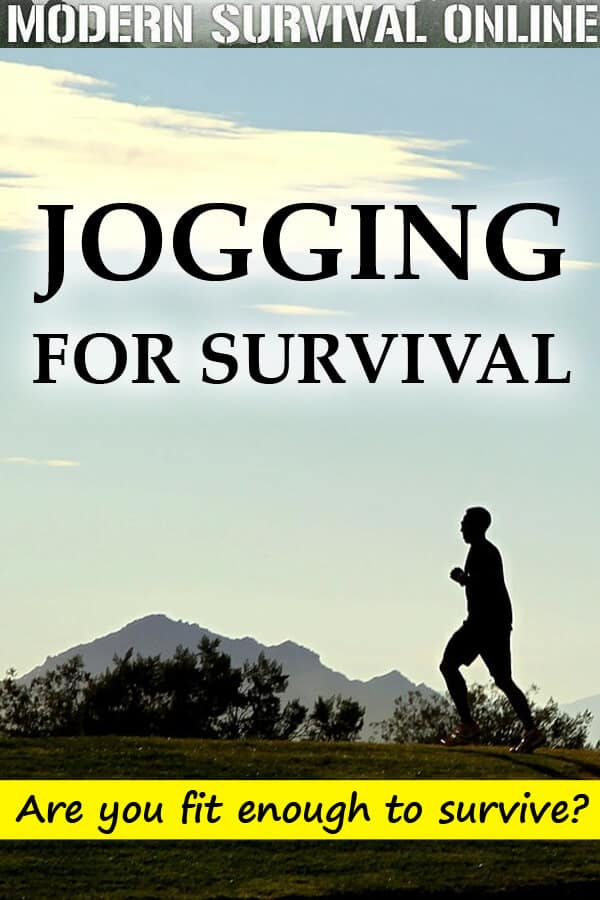Howdy and welcome back to our survival fitness series, where we take the fitness aspect and apply it to prepping, so you can be physically prepared for disasters and emergencies big and small.
No matter how much you walk each day, you can’t really build up stamina for survival purposes unless you start doing something more challenging, such as running.
I love jogging, but as you may already know or experienced, it can have a big impact on our joints. I know people who’ve had leg surgery three times and they’re not even 30 years old. They love to run but, because they didn’t do it right, they are now paying the price.
I’m not going to go all scientific on you about what aerobic exercising is. Suffices to say that, in our case, it will manifest itself in:
- Short-distance running;
- Long-distance running;
- …and certain aerobic exercises such as running in place or the boxer shuffle.
The #1 problem for runners are the knees. 40% of injuries happen there and, even those who get lucky still suffer from knee pains every once in a while.
Now, a lot of times, these injuries aren’t serious (mostly annoying) but consider our prepping goals: we might have to do a combination of walking and running when bugging out, right? Then, at some point, we’ll have to make a run for it, maybe even jump. It takes one such move to permanently damage our knees and get left behind.
Yes, when you’re doing your jogging on the track, you can stop at the first sign of discomfort, but that won’t be the case when you’ve got bad guys chasing you. In such cases, not only should you be trained to run as fast as you, can but your knees should be able to support it.
So before I give you the exercises, I encourage you to go to your physician and do a thorough examination of your body. If you’re over 45, you should probably be doing these every year, anyway. If you’ve skipped them until now, that’s all the more reason to do them right now, before you begin any type of training.
You need to check everything, from glycaemia (the level of blood glucose) to hernia to your knees, spine and on and on. You should definitely tell your physician the types of exercises you intend to do so they can tell you what you can and cannot do and, most importantly, what you should avoid at all costs.
Yes, that’s unfortunately true. Your doctor may strongly advise against some of these exercises and, I suggest you listen to her… but do ask what kind of exercises you can do. Otherwise you risk injury and that could potentially mean you need to stop training altogether!
OK, let’s get back to the health issues pertaining to running because that’s what we’re discussing in this chapter.
The most common problem is the so-called “runner’s knee”, when you feel mild pains in your knees, mostly when you’re running, but even when you’re not. If this is the case, your doctor might ask you to do an X-ray on both knees to find out what’s going on.
It may be because you pushed yourself too hard during training. It could be because you jumped and landed on your foot the wrong way or you might be simply overweight. That extra weight is affecting your knees more than you think.
If the pain is not that big, you can do your training, however, if you’ve pushed yourself too far, you should probably take a few days off. It’s better to take a week off now than 5 months later, right?
Besides a bad knee, there are other issues runners have, such as Achilles tendinitis, shin splints and even stress fractures. Whatever they are, you need to deal with them before you begin, particularly if you’re over 40.
Where Should You Jog?
Run anywhere you want! I’ve had no problem running even in crowded streets if that’s what I felt like doing. If you don’t have a track near where you live, any road will do, however there’s a big caveat here.
Professional running tracks are made to protect your joints and knees by acting as a cushion. On the other hand, running outside the track, whether it’s on a park or on the side of the road will increase the chances of injuries long term.
How to Protect Yourself While Jogging
Of course, if you have the proper equipment, you can minimize these problems. A solid pair of running shoes is a must, but there are other things you can do. For example, you can wear straps just below the knees in order to spread the pressure across a larger area.
Next, you have the knee sleeve and the patella sleeve, the latter having a hole in it right around the knee cap. You should definitely talk about these options with your doctor to ensure you properly protect yourself.
Warming-Up for Jogging
I cannot stress enough the importance of warm-ups before each and every session. If you’ve had past injuries, your warm-ups you need to be extra careful and do even longer work-outs.
A basic workout should be just like the one you used to do during gym class in high-school. Nothing fancy. Warming up has already been covered here, but warming up for jogging and sprinting requires you do some things in particular…
You should start by rotating your hands (not too fast, though!), then your head with the arms on your hips.
Then, continue with a few leg stretches. Take your time with these, and make sure you don’t stretch them too hard. Since your legs are not warmed up yet a too long a stretch could cause injury.
After the light stretch comes an easy jog of about 100 meters (that’s 110 yards). Up to you if you want to do jog for a little longer.
Next, let’s do some toe walking. Simply walk on your toes for 30 to 60 feet (that’s 10-20 meters) – but don’t push yourself if you can’t do it – and really feel those calves working.
The second one is heel walking where you walk on your heels for the same distance.
So to recap, your warm-up should look like this:
- Light stretching and movement of body, arms, legs and head;
- A light jog for about 100 meters;
- Toe walking and heel walking for 10-20 meters.
We’re going to start, of course, with low-speed jogging. I’m assuming you haven’t done this in a while so I’m talking it easy, but we’re going to gradually increase intensity with each workout.
For your first one, I don’t want to give you a specific distance to cover because I don’t know you. If you’re a 30 year old guy who’s in pretty good shape, you’re going to run longer and faster than a 55 year old woman who’s a little overweight.
Here’s how I suggest you do this:
- Start running.
- If you feel “bad pain”, stop.
- Run until you feel exhausted but don’t stop; run for 50 more yards.
- Stop.
- Repeat 2 times.
The big takeaway here is that you need to find your own running sweet spot. That moment where you feel you can’t run anymore and you push your limit by just a little bit. That extra 10% is what’s going to help you make progress from workout to workout.
By now, you should have run 3 X 100 yards, that’s at least 300 yards or 275 meters. I suggest you write these down somewhere because this is your personal best and you’re going to try to beat the next time you run.
Now that you broke the ice and you successfully ran for a certain distance, it’s time to make a plan that will help you run not just long distances but also with your sprints. As a prepper, you’re gonna need to do sprints every now and then. One of them may be right when SHTF, when you need to grab your bug-out bag and just go (assuming taking your car is out of the question).
The big problem I see with doing this is that when SHTF, you won’t have time to warm up. Disaster won’t wait for you to finish your stretching. When it hits, you’re going to have to be in the best shape of your life if you don’t want your knee to fail you when you have a tornado on your back.
Ideally, you’ll want to be able to run a mile (or 2 kilometers) without spitting your lungs out. You get to this point by always pushing yourself just a little bit, and always stopping when you feel bad pain.
Now, if you can’t run that mile without stopping, that’s not a problem. Stop for a few seconds, breathe in and out, then continue running until you cross the finish line.
Breathing
Speaking of which, breathing is an important part of running and you need to do it right if you want maximum performance. The way most people do it is, you guessed it, the wrong way. They breathe “in their chest” as opposed to “inside their bellies” and this gets them tired a lot sooner. (This is also called diaphragmatic breathing.)
Since right now we’re more concerned with doing this right than with breaking a world record, let’s try and focus on your breathing, specifically on breathing inside your belly. How? Simply focus on filling your belly with air.
Next, let’s try and run for 100 yards (or meters) and focus on this kind of breathing. Forget anything else, focus on this one thing until you get it right. If you don’t seem to get it, keep running until you do. Slow down your pace if you have to and focus on breathing from the belly – you can do it!
Once you do get it, I suggest you focus your entire session on breathing this way, until it becomes natural. It’s a little tough to master but you’ll get it eventually. By the way, did you know that breathing from your belly as opposed to your chest cavity also helps you have a deeper voice? Just a fun fact.
Ok, let’s talk a little bit about how to breathe during running. As you start to run, your breathing becomes more rapid, so it’s harder to control breathing from the stomach and not the chest. But since you practiced this beforehand, it should be easier.
The way you breathe once you start running is in patterns. The easiest way to do it is to coordinate your inhales and exhales with your steps. For example, as you step left and right, you breathe in twice then, for the following two steps, you exhale twice.
Something like: left-foot-inhale, right-foot-inhale, left-foot-exhale, right-foot-exhale.
Of course, as you become more experienced and you start increasing the pace, you can take three small inhales or exhales for each 2 steps you take… but let’s do that later.
By the way do you want to know the very best advice to improve your breathing? Simply stop smoking.
Dynamic Stretching while Running
Although stretching has its own chapter, it’s worth mentioning here an interesting way of doing it… right in the middle of your running workouts. What I’m about to show you are called dynamic stretches because you’re not really holding the position.
As you’re running, do one of the following:
- bring your knees as high up to your chest as possible (not too high, though, your focus should still be running),
- bring your toes as close as possible to your buttocks.
You can even do 100 yards (or meters) of each as part of your running warm-up routine.
The Workout
OK, we’re finally getting into the good stuff! You’re healthy and able to run, you know how to breathe, you have the proper equipment and you’re a warm-up master. Now what?
Well, we need to train ourselves for two things: long distance and sprints (a.k.a. bugging out and running for your life).
The first one is easy, you just run for as long as you can, making sure to increase either the distance or the pace from workout to workout. Before each workout, set a goal. You either want to run longer than last time, or you want to run the exact same distance only faster. This is why having a workout diary and a stopwatch will help.
So, let’s say you ran no more than 100 meters on your first workout. The second time, after a proper warm-up of course, go ahead and run as long as you can without stopping. Really push yourself unless there’s “bad pain” somewhere in your body.
Measure the distance and how long it took you to cover it, then write it down (some apps keep all this data in your phone’s memory). If you want, you can take a break, maybe do some walking, then run a little bit more.
But on your next workout, your goal should be to be better than on your previous one. If you ran a mile in 15 minutes last time, your goal should be either to run more than a mile or to finish that mile, say, 14 minutes and 40 seconds.
Notice that I’m keeping things simple and easy for you. You’re not getting ready to run a marathon or to join the Olympics, but it’s important to have a goal, something to strive for. That’s one of the keys to keeping yourself motivated long-term and not quitting, which is the last thing I want to see happen.
So let’s say you managed to run 1.2 miles on your second workout. Then you went for 1.5 miles. Should you go for two? How about you spice things up by trying to run at an increased pace for a mile? Check the time it took you to finish on your second workout and try to beat that.
And on your next workout, you can try and beat the 2 miles mark but also focus on your breathing. Do you think you can do that?
At-Home Aerobic Exercises
I’m giving you a couple of quick aerobic starter running exercises to incorporate in our home workouts.
Running in place is, as you probably guessed, is a way to simulate running while standing in place. This is less stressful for your knees but not as effective as actual jogging. Nevertheless, it’s a good place to start if running is not an option.
Boxer shuffle is similar to running in place, except that you need to alternatively move your feet to the front and to the back. As you’re doing this, allow your body to move to the right of the room and then back to the left as much as you can (you will need at least 7-8 feet of space both to your left and right for this).
Off-Road and Trail Running
While jogging on the track will make you better at it consider that, as a prepper, you’re going to have to walk and run on difficult terrain. Running through the woods, for example, is extremely difficult. And what if you decide to bug out on the rail tracks, have you ever tried running on them? I have, and it is not easy…
A quick way to start trail running is to simply run around the block… if it’s possible, of course, and keep in mind what we talked about protecting your knees. These surfaces are not designed to do that.
The most important thing to watch out for when running on uneven terrain is… your step. Depending on how bad the terrain is, you may fracture your ankle or even fall. Unlike sports tracks where you don’t have to look where you’re going unless there’s another runner right in front of you, off-road running is all about watching your step. This is why it’s probably a good idea to not do this alone.
Another word of advice: do your off road running while there’s still daylight (for obvious reasons)
A Quick Aerobic Exercise for Urban Preppers
I just wanted to throw this one out there for two reasons: one, very few people think about it and two, it’s actually going to make a world of difference. The amazing part is, no one will think you’re crazy for doing it.
I’m talking about practicing running down the stairs. If you’re a city dweller, you probably climb a lot of stairs every day. In case of an emergency (a fire, a terrorist attack and so on), you need to evacuate outside as fast as possible.
So how about you increase your speed the next time you use them? No one will ever suspect you are in fact prepping, they’ll just think you’re in a hurry.
Let’s do this!
“Coach” Dan


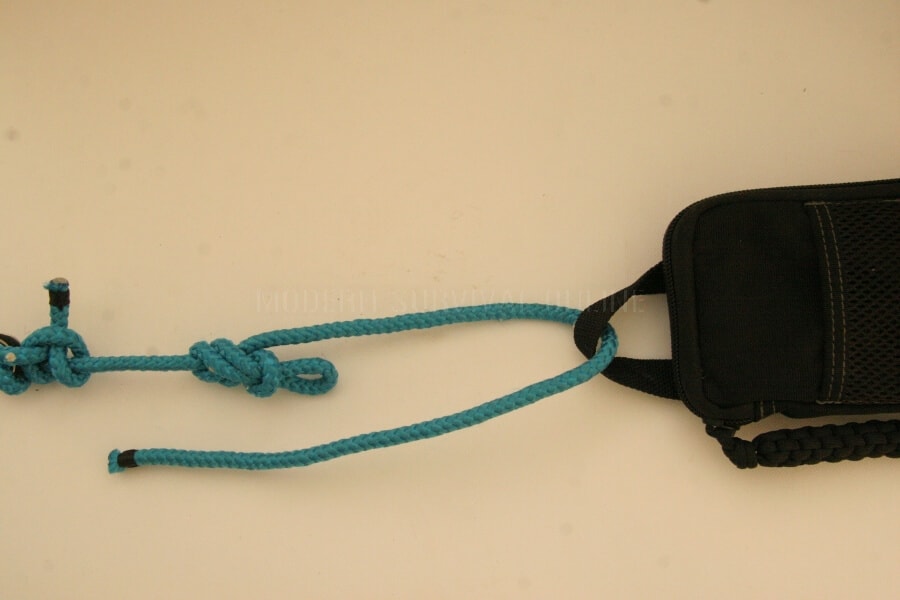
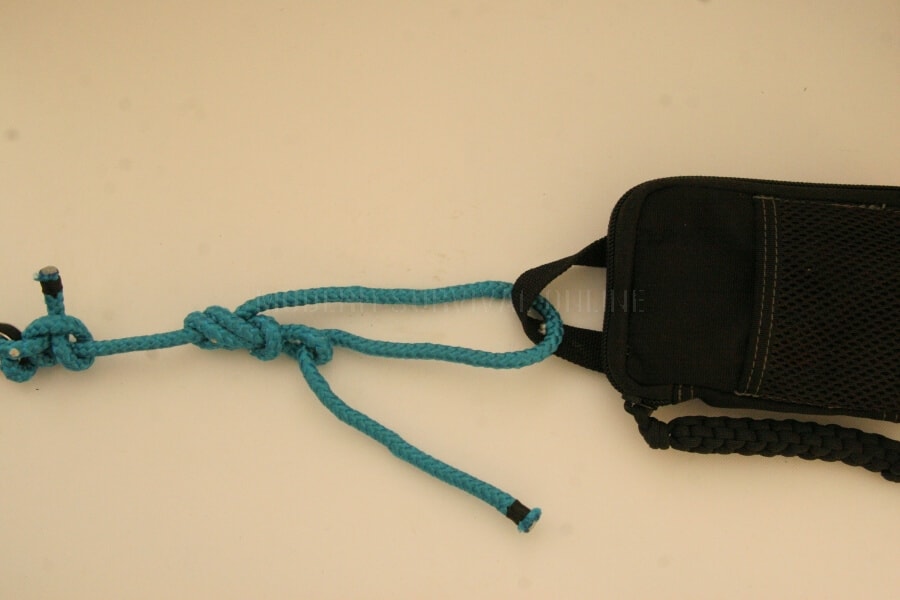
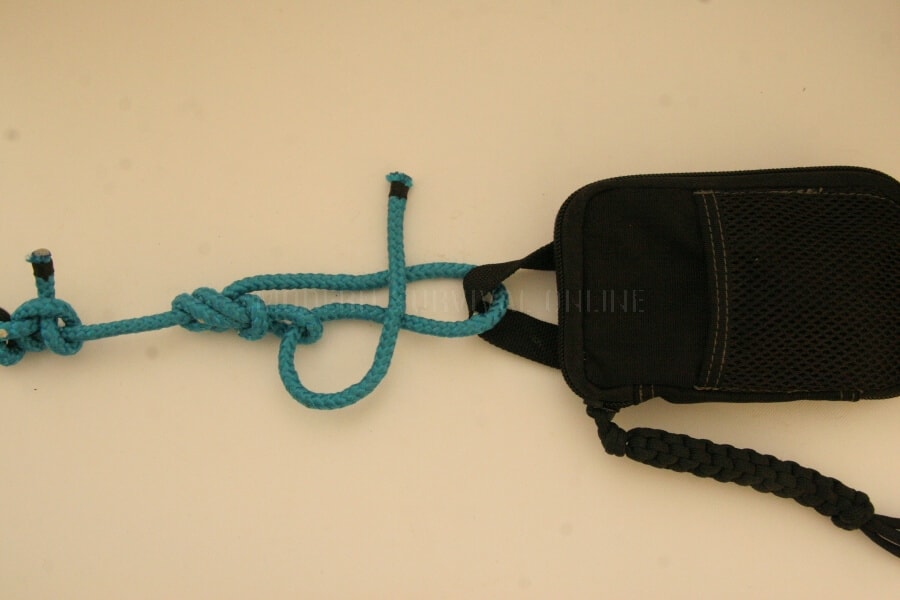
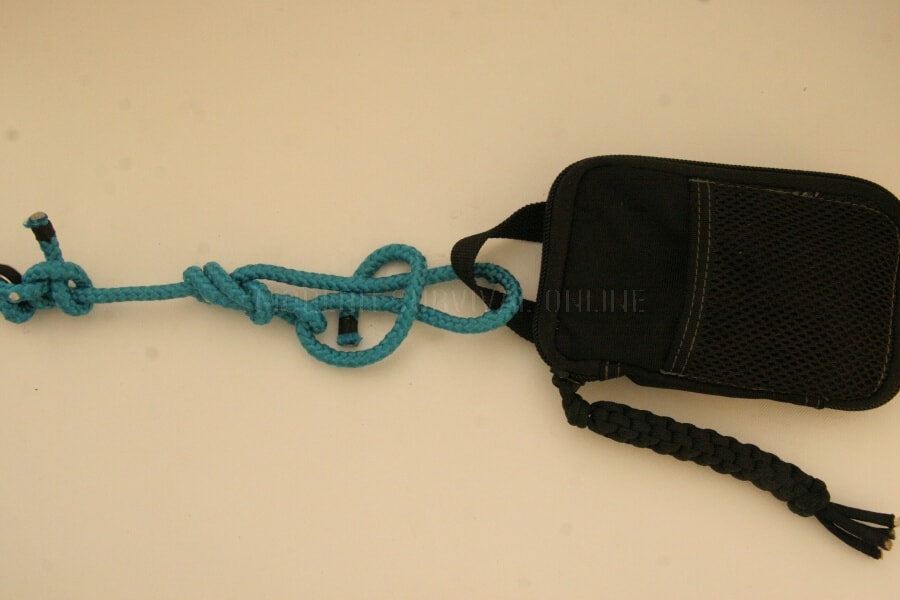
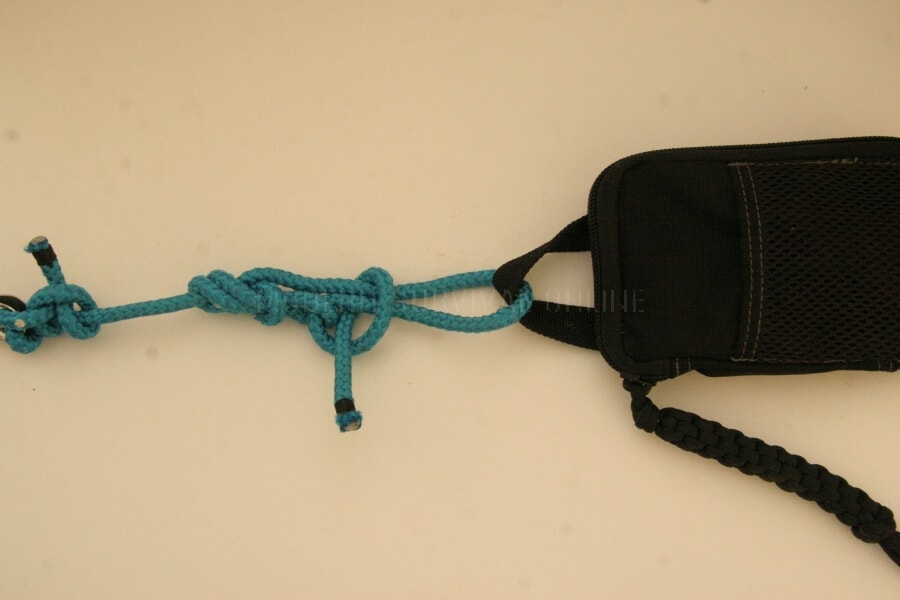

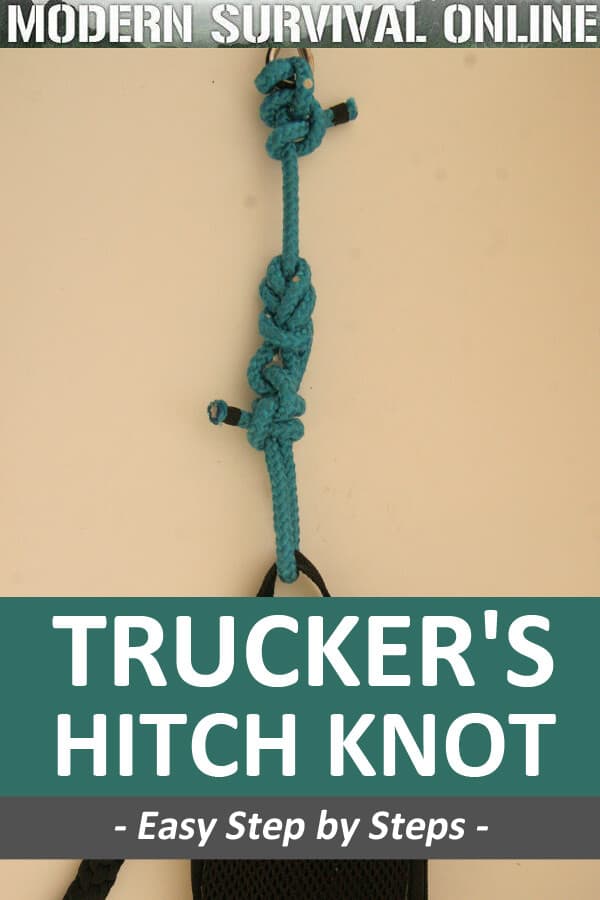
 But to do any of this, you need a receiver, and that starts with a horn antenna to collect the weak signal. In collaboration with a former student, high school teacher [ArtichokeHeartAttack] built a pyramidal horn antenna of insulation board and foil tape. This collects RF signals and directs them to the waveguide, built from a rectangular paint thinner can with a quarter-wavelength stub antenna protruding into it. The signal from the antenna is then piped into an inexpensive
But to do any of this, you need a receiver, and that starts with a horn antenna to collect the weak signal. In collaboration with a former student, high school teacher [ArtichokeHeartAttack] built a pyramidal horn antenna of insulation board and foil tape. This collects RF signals and directs them to the waveguide, built from a rectangular paint thinner can with a quarter-wavelength stub antenna protruding into it. The signal from the antenna is then piped into an inexpensive 